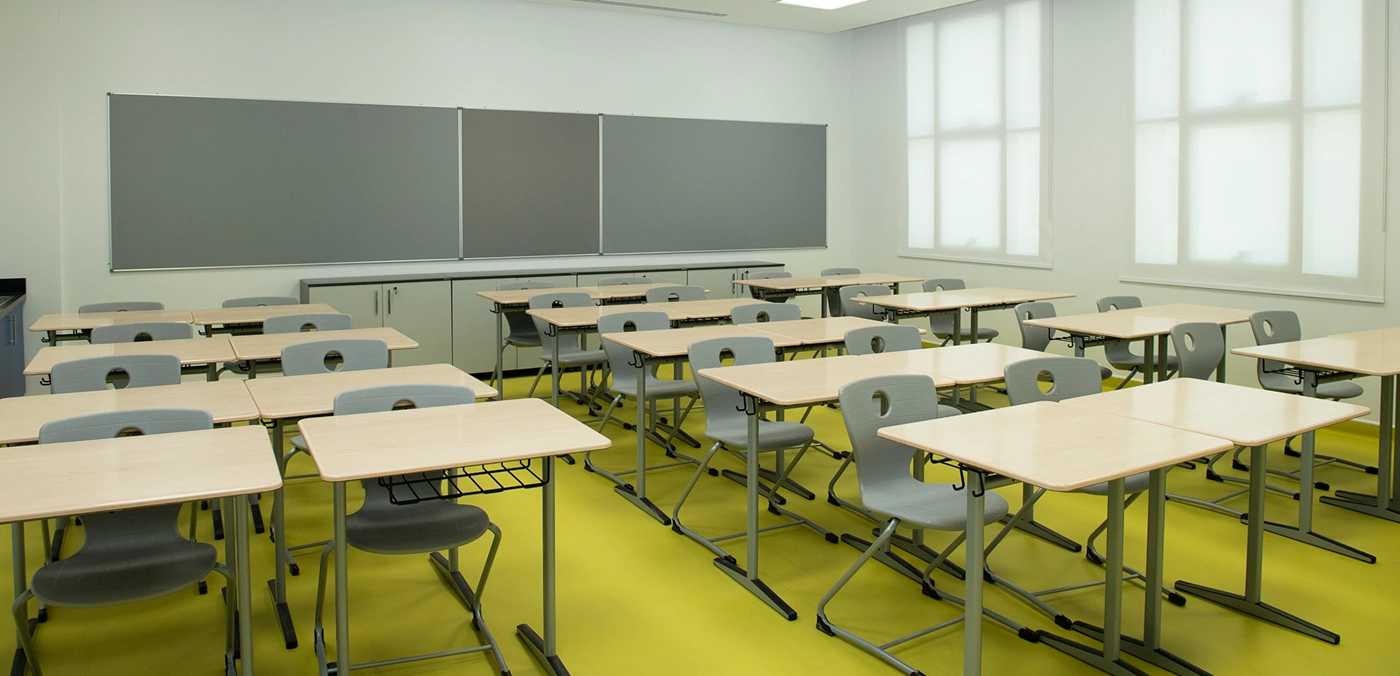Introduction
An effective learning space goes beyond aesthetics—it directly impacts student engagement, concentration, and overall academic performance. Whether in schools, universities, or corporate training centers, well-designed learning environments are tailored to enhance comfort, collaboration, and cognitive development.
In this blog, we’ll explore the core objectives of effective learning space design and how it contributes to better educational outcomes.
1. Enhancing Student Engagement and Focus
A well-planned learning environment minimizes distractions and keeps students actively engaged. Design choices like optimal seating arrangements, proper lighting, and interactive elements can make learning more immersive.
Key Strategies:
- Flexible seating to accommodate different learning styles
- Ample natural light to boost concentration
- Interactive technology such as smartboards and digital displays
2. Supporting Different Learning Styles
Students learn in diverse ways, making it essential to design versatile spaces that cater to visual, auditory, and kinesthetic learners.
Design Elements for Various Learning Styles:
- Visual learners: Use of graphics, infographics, and color-coded notes
- Auditory learners: Soundproof areas for discussions and presentations
- Kinesthetic learners: Standing desks and interactive learning zones
3. Encouraging Collaboration and Communication
Modern education emphasizes teamwork. Collaborative learning spaces encourage group discussions, brainstorming sessions, and cooperative projects.
Features of Collaborative Learning Spaces:
- Movable furniture for quick reconfiguration
- Breakout zones for teamwork and peer learning
- Technology-integrated spaces for seamless collaboration
4. Promoting Creativity and Innovation
A creative learning environment fosters curiosity and problem-solving skills. Incorporating adaptable and engaging spaces can inspire students to think outside the box.
Key Design Features:
- Writable walls and whiteboards for brainstorming
- Color psychology to stimulate creativity
- Makerspaces for hands-on learning experiences
5. Improving Accessibility and Inclusivity
Effective learning spaces should be designed to accommodate students of all abilities and ensure equal access to educational resources.
Essential Accessibility Features:
- Wheelchair-accessible desks and pathways
- Adjustable-height workstations
- Assistive listening devices for hearing-impaired students
6. Enhancing Comfort for Better Learning Outcomes
Comfort is a crucial factor in maintaining focus and productivity. Ergonomic seating, ventilation, and temperature control contribute to a better learning experience.
Comfort-Enhancing Strategies:
- Ergonomic chairs and desks to support posture
- Well-ventilated classrooms with air-purifying plants
- Temperature control to maintain a pleasant atmosphere
7. Utilizing Technology for Smart Learning Spaces
Integrating technology in learning environments makes education more interactive and efficient.
Smart Classroom Solutions:
- Interactive touchscreens and digital whiteboards
- AI-powered learning tools for personalized education
- Cloud-based collaboration platforms for remote access
8. Creating Flexible and Multi-Functional Spaces
Adaptive spaces allow for diverse learning experiences, from lectures to group activities and hands-on workshops.
Examples of Multi-Functional Spaces:
- Classrooms that transform into meeting or event spaces
- Libraries with study pods and collaborative workstations
- Outdoor learning areas for experiential education
9. Case Study: A School That Transformed Its Learning Spaces
A leading educational institution redesigned its classrooms by incorporating ergonomic furniture, dynamic lighting, and smart technology. The result? A 20% improvement in student engagement and higher retention rates.
10. How D&B Designs Effective Learning Spaces
D&B specializes in creating future-ready learning environments that enhance academic success and student experience.
Our Approach:
- Custom-designed furniture for adaptable layouts
- Technology-driven smart classrooms
- Sustainable materials for eco-friendly learning spaces
Conclusion: The Future of Learning Space Design
The goal of effective learning space design is to create environments that support engagement, inclusivity, and innovation. Schools and institutions that invest in well-planned learning spaces will see long-term benefits in student performance and satisfaction.
For expertly designed learning environments, D&B offers tailored solutions that inspire success and creativity.

